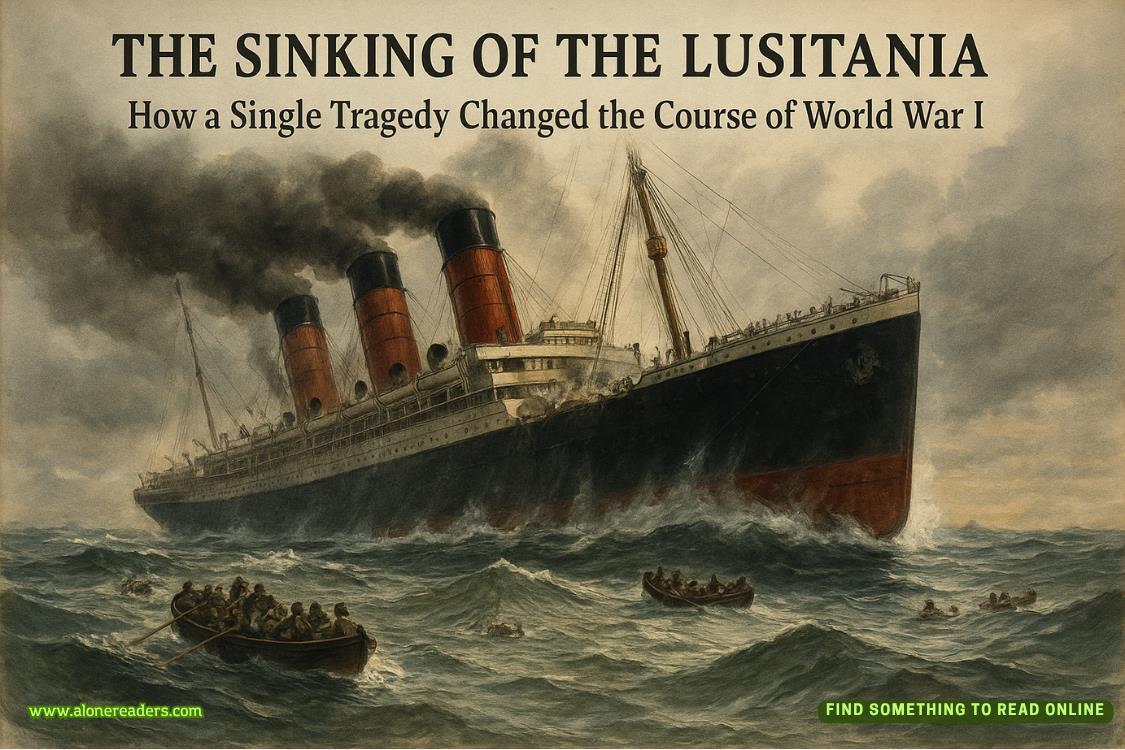Page 4 of The Arrogant's Surrender
"It’s unclear. Either way, even wounded, her partner managed to kill the primary shooter."
"Primary shooter?"
"Yes, there were three of them. One of the men shot Miss Foster in her left leg. It seems she lost her balance and struck her head on the nightstand."
What he’s telling me makes no sense, and now, more than ever, I’m convinced this wasn’t just a simple robbery. However, I didn’t come here to untangle Brooklyn’s personal issues—I came to assess her case. "So Miss Foster’s comatose state has nothing to do with the gunshot wound?"
"No. It resulted from brain trauma, which, as I mentioned earlier, likely occurred during the fall." He pulls a file from a cabinet and hands it to me, along with some CT scans and other imaging results.
I confirmed with Zeus today that Madison Foster had authorized me to access her sister’s medical records. I also have a meeting scheduled with both of them in my office later today. But first, I need to review these test results.
I quickly skim through the medical team’s report, and from what I can initially determine, there’s nothing that explains Brooklyn’s prolonged unconsciousness—or the doctors’ conclusion that she won’t come out of the coma.
That is, until I open the last folder of tests.
I set the report aside and spread the imaging sheets across the desk. I don’t know how long I spend analyzing them, completely forgetting someone else is in the room.
When I’m finally satisfied, I look back at him. "She has a neoplasm in the area where she suffered the concussion. How did you miss this? It’s inconceivable that something like this went unnoticed."
"I . . ."
I don’t let him explain. Nothing justifies incompetence. I have no idea whether the tumor—which, if I’m correct, is the reason Brooklyn hasn’t woken up—is benign or malignant. Nor do I know if it predated the fall. What matters, however, is that she’s been under this team’s care for months and could have died—if the malignancy is confirmed—without anyone even knowing why.
"I’m transferring her to my hospital immediately. I’ll need to run specific tests that can’t be performed here."
I give him no room to argue. The case is already mine, and I feel my entire body awakened. Without more data on the tumor’s severity, I’m in a race against time.
"Do you want to examine the patient?"
"Yes, but most importantly, I want her transferred immediately. I need more accurate information about her condition."
I emphasize the last part to make it clear I won’t forget the monumental error his team made.
I watch him swallow hard, but I feel no empathy—who am I kidding? I never feel empathy.
However, this situation goes beyond incompetence. It’s about responsibility. In our field, there’s no room for doubt or hesitation, as it can mean the difference between a patient’s life and death.
I enter Brooklyn Foster’s room, taking in my surroundings. Despite being relatively modest, the setup isn’t much different from the intensive care units at my hospital, though the equipment here is outdated.
What happened with her—the diagnostic error—had nothing to do with the accommodations or the equipment. It was human error.
I approach the bed and observe her unconscious state. Despite her pallor, she looks asleep rather than comatose. Her skin doesn’t have the grayish hue typical of comatose patients, and her hair hasn’t lost its luster.
A small, thin hand—likely from the weight she’s lost—rests outside the sheets. Her eyelids flutter.
It’s not uncommon for coma patients to react to certain environmental stimuli, even though this topic is still hotly debated among neurologists worldwide. Some argue adamantly that a patient in this state has no perception of the world around them. However, in the 1990s, a twenty-six-year-old British professor fell into a coma after contracting an infection.
She was the first patient studied by the University of Cambridge’s Brain Imaging Center, and the results, published a year later, were groundbreaking. The patient not only reacted to “seeing” familiar faces but also showed brain responses similar to those of healthy volunteers.
She became the first person in whom sophisticated tests, like positron emission tomography, revealed “hidden cognition.”
These findings were pivotal because the confirmation of preserved cognitive processing supported the decision to continue intensive treatment.
Six months after the initial diagnosis, she woke up.
I let my gaze linger on the beautiful woman lying asleep.
I remember the photograph of Brooklyn holding the babies in her arms.















